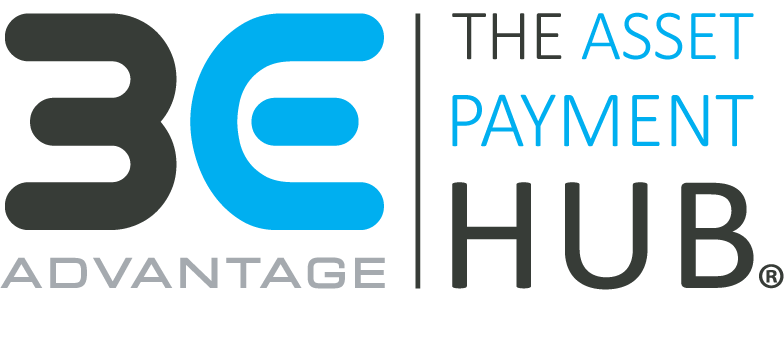What is important in a managed print finance offering and what must your finance partner offer?
-
Availability of up to date usage data down to the meter level.
-
Variable billing methods
-
Ability to manage evergreen volume-based agreements of large revolving fleets
-
Cost-centre billing down to a device level
-
Structured training
Availability of up to date usage data down to the device level and education on use of the data to empower you to provide your client with the best solution.
Having the capability to monitor your customers usage monthly, with the ability to easily identify opportunities to optimise your client’s solution is critical to the long-term success of your relationship with your client.
When your client is confident that you’re actively monitoring and optimising their devices for their benefit, they are less likely to (1) accept sales requests from other partners to review their solution, or even worse, (2) actively seek reviews from alternative providers based on the perception that you are not monitoring, reviewing and optimising their solution.
Variable billing methods so that you can align your offering with your client’s operational requirements.
Business models vary greatly. It is important that your solution includes the ability to offer the most appropriate billing structure for your client’s model. They may need a solution that can utilise pre-paid volume to off-set a seasonal peak. Or, your client may be looking to commit to a quarterly reconciliation to align their costs with their accounts receivable cycles.
Whatever their model, it is important that your finance partner has the flexibility to meet their requirements.
Ability to manage evergreen volume-based agreements of large revolving fleets where clients require the flexibility to quickly add or remove devices, without finalising the agreement.
Many copy cost based solutions are still at their core, term based agreements. Meaning there is an end date to the agreement. Adding or removing devices can require the agreement be varied, with new devices added with coterminous expiry dates. Worse still, adding a device may require you to finalise entirely the original agreement, and a new agreement set up with either the same expiry date or an extended expiry (for new and original assets).
For a true managed print solution, adding or removing of devices should be a straightforward process and allow you the partner the ability to ensure your clients fleet is optimised for their requirements at any given time, and not constrained by a term date or expiry date. Your agreement should be in essence evergreen and only limited by your contracted volumes.
Cost-centre billing down to a device level, saving your clients with bigger fleets time and correctly aligning cost with use.
For any large fleet clients, it’s imperative that your managed service finance partner can offer the ability to provide your client with cost-centre billing. This allows them to establish cost centres by locations, business units or whatever other method they require to accurately allocate cost to use within their business. This feature is often overlooked as many clients just assume it will be up to them to reconcile from a fleet invoice but the time saving gained from providing your clients with detailed cost-centre invoicing can in some cases be a game changer.
Structured training to ensure you are getting the most out of the features and benefits available to you and your team as part of the program offering.
Finally, the most feature-rich managed print solution is no good if you are not trained on how to get the most out of the features available to you.
Your finance partner should commit to providing you with comprehensive and on-going training on best practices in relation to their managed print solutions. This should involve use cases to aid you in identifying your clients best fit and methods to compete against alternative solutions within your market.




